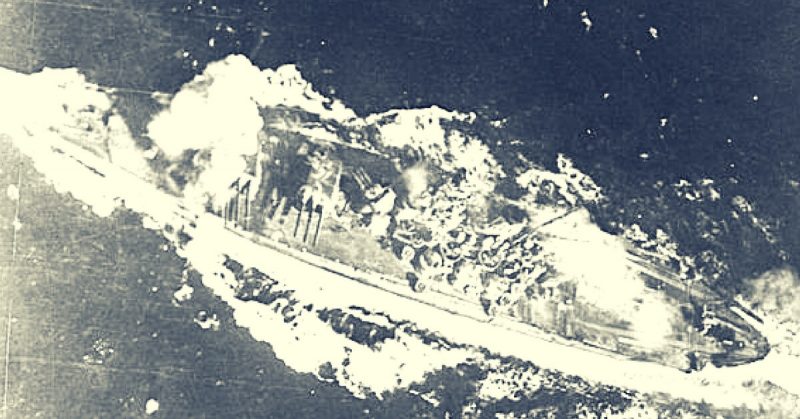The biggest ship to sail the seas during WWII, she was Japan’s pride and joy (and the bane of captains) till she was lost. It would take decades and a Microsoft executive to find her… with quite a bit of controversy.
After being outfitted at Sasebo, Musashi was given over to the command of Captain Kaoru Arima in August 1942. Although the Yamato was meant to be the fleet’s flagship, it was too close to completion to take on the new designs intended for it.
Musashi was just right for them, however, so she became the new flagship. Over the next two years, she would acquire a secondary armament of twelve 127 mm guns with triple 25 mm gun mounts, four 0.52 inch anti-aircraft machine guns, and a Type 21 radar.
She was assigned to the Combined Fleet under Admiral Isoroku Yamamoto – the real power in Japan and the chief architect of the bombing of Pearl Harbor. Except that the Americans got to him first.
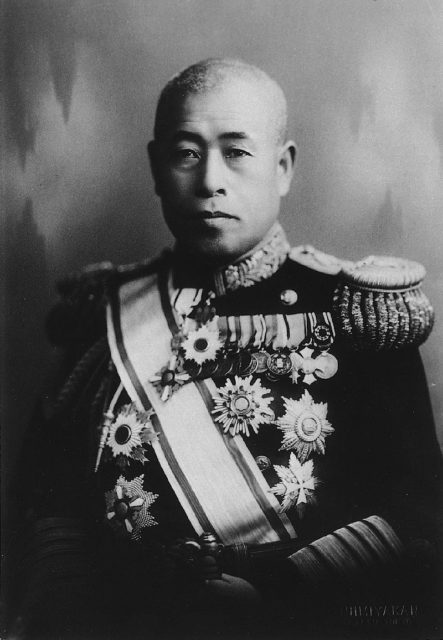
On April 3, 1943 American codebreakers found out that he was flying from Rabaul, New Britain to direct an attack on the Solomon Islands. So they blasted him out of the sky and called it “Operation Vengeance.”
Still, he was promised the Musashi. So they recovered what was left of Yamamoto, cremated it, and chucked them in the cabin reserved for him. Aboard Musashi, that is.
Because she had cost so much, Japan didn’t want her overseas, preferring her for local defense. But as the tide of war turned and they lost more vessels, they had no choice. So when the Allies attacked Japanese forces on Attu Island (part of Alaska) from May 11 to 30, the Musashi sailed to the North Pacific to teach the Americans a lesson.
Except that she couldn’t find them. So she sailed back to Kure to drop off Yamamoto’s ashes for the state funeral. Then she made her way to Attu to give the Allies a piece of her mind – by which time the Americans had already secured their own territory.
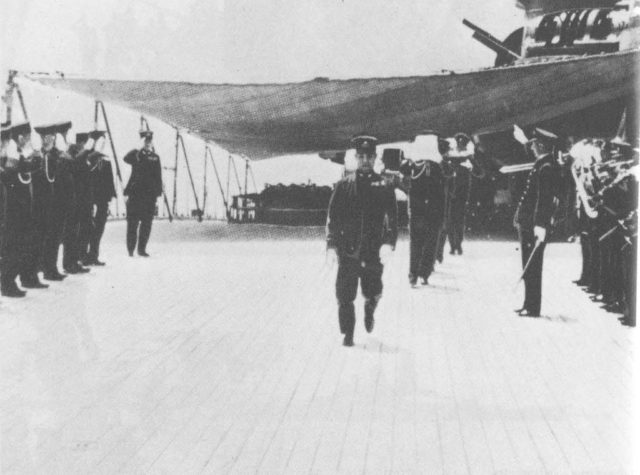
So they replaced Arima with Captain Keizō Komura. Then they refitted the Musashi and made her the flagship for Admiral Mineichi Koga. Anticipating an American invasion of Wake Island (between Guam and Honolulu), she sailed off with three carriers, six battleships, and 11 cruisers… but again couldn’t find the enemy.
So Captain Bunji Asakura took over. In February 1944, she sailed to Palau to deliver men and equipment… where she lost most of the latter to a powerful typhoon.
Musashi finally left Palau on the evening of March 29 to avoid US submarines. It didn’t work. The USS Tunny blasted her with six torpedoes, though only one hit – killing seven Japanese crewmen.
Despite this, she made it back to Japan for repairs. Musashi was at the Battle of the Philippine Sea (June 19 and 20, 1944) where she must have terrified the Americans because she was one of the few ships they didn’t attack.
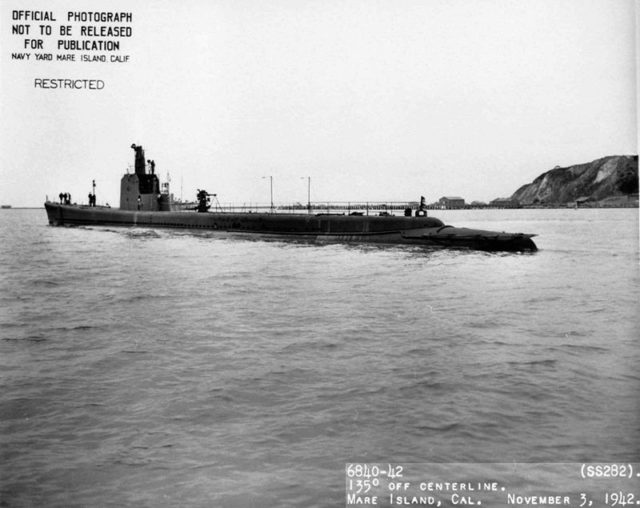
But since Japan lost that battle, Musashi got a new captain – Toshihira Inoguchi. The Americans had just landed at Leyte, so the Japanese launched Operation Sho-1 to take it back by luring the US fleet north of the island and into a trap.
Boy, were they in for a surprise… the Japanese, that is. On October 24, the USS Intrepid spotted the Japanese fleet in the Sibuyan Sea and let fly.
Eight Curtiss SB2c Helldiver dive bombers attacked Musashi at 10:27 AM. A 500-pound bomb hit the roof of Turret No. 1, but didn’t go off nor penetrated the hull. But a Grumman TBF Avenger’s torpedo did.
The ship took on 3,000 tons of water and listed 5.5 degrees to starboard – corrected by counter-flooding compartments on the opposite side. Annoyed, she shot down two American avengers.
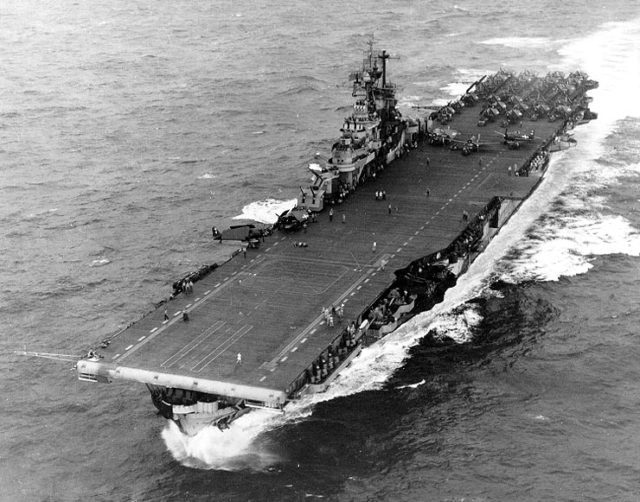
The Intrepid responded by launching eight more Helldivers. Another bomb hit Musashi’s upper deck but again failed to detonate. Another struck the portside, punched through two decks, and exploded above one engine room.
Musashi lost power, took on more water, and slowed to 22 knotts… but not before taking out another two Helldivers. Angry now, she fired more sanshikidan anti-aircraft shells at incoming planes – perhaps too enthusiastically, because she took out the gun of her own Turret No. 1, destroying its elevating machinery.
At 1:31 PM, 29 more planes strafed the Musashi, while four more torpedoes found her. Desperate, she fired into the sea, sending up explosive plumes of water keep the planes at bay.
Four 1,000-pound armor-piercing bombs and three torpedoes struck her at 3:30 PM, tearing open her starboard bow. Another 13 bombs and 11 torpedoes followed. Musashi had had enough – at 4:21 PM, she fled north.
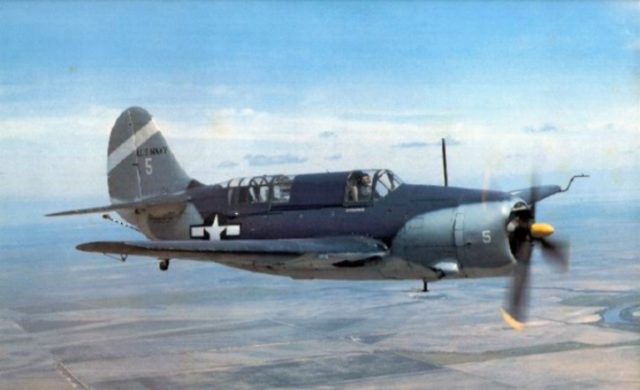
By 7:15 PM, she was tilting 12°. Inoguchi gave the order to abandon ship at 7:30. Six minutes later, Musashi tilted 30°, so the men did just that. Except for Inoguchi, who chose to stay aboard… along with about a thousand others who were trapped.
At 7:36 PM, Musashi vanished beneath Philippine waters, a casualty of the Battle of Leyte Gulf. Given the ongoing battle, no one could quite say where exactly – though not for lack of trying.
Enter Paul Allen, cofounder of Microsoft and with probably more money than the entire Philippines. In 2007, Allen participated in a search for the legendary ship, which included scouring the records in four countries and interviewing survivors.
Once he had a rough idea of where to look, he used everything that money could buy – including a remotely operated vehicle (ROV) to search the depths of the Sibuyan Sea. Since Musashi didn’t have her name painted on her hull, merely her serial number and a wooden chrysanthemum (emblem of the emperor), it wasn’t easy.
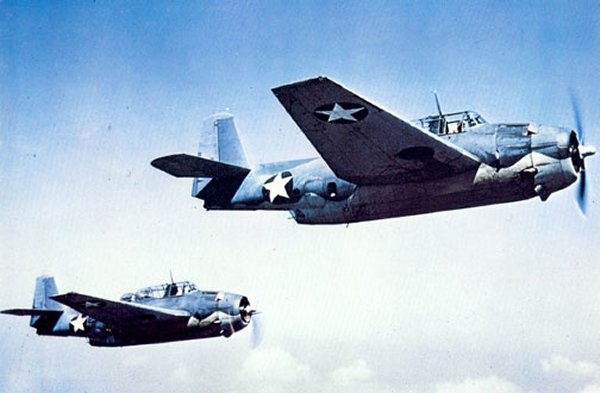
They found it on March 2, 2015. After sinking, it had apparently exploded underwater, scattering the seabed with debris. And the chrysanthemum seal was still visible – or what was left of it. Then they live-streamed their find on Youtube…
Which upset the Philippine government. Despite plying the Sibuyan Sea for several years, they never bothered applying for visas nor for permits to enter, much less work, in Philippine territory.
Under both international and Philippine law, any archaeological work must first be cleared with local government authorities. Nevertheless, it’s an amazing find.
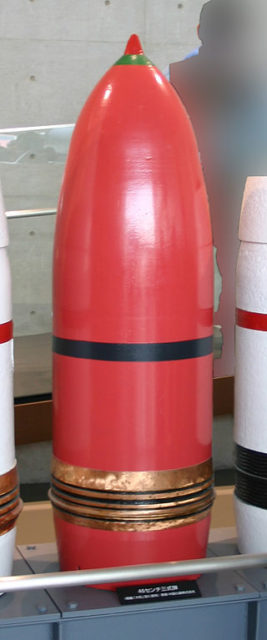
https://www.youtube.com/watch?v=oM2wdaRivZc
